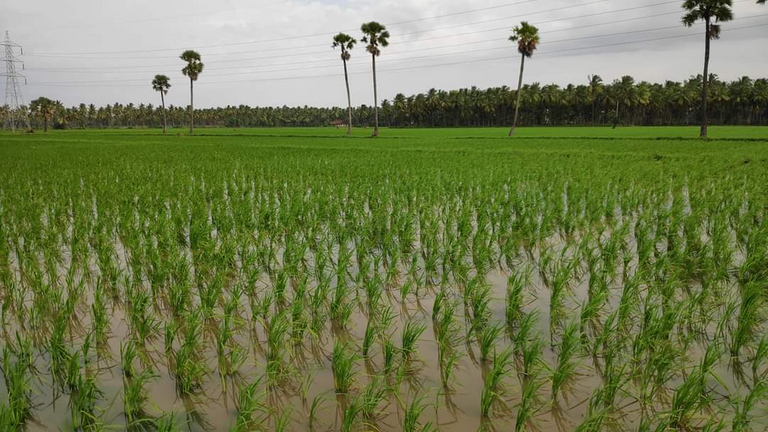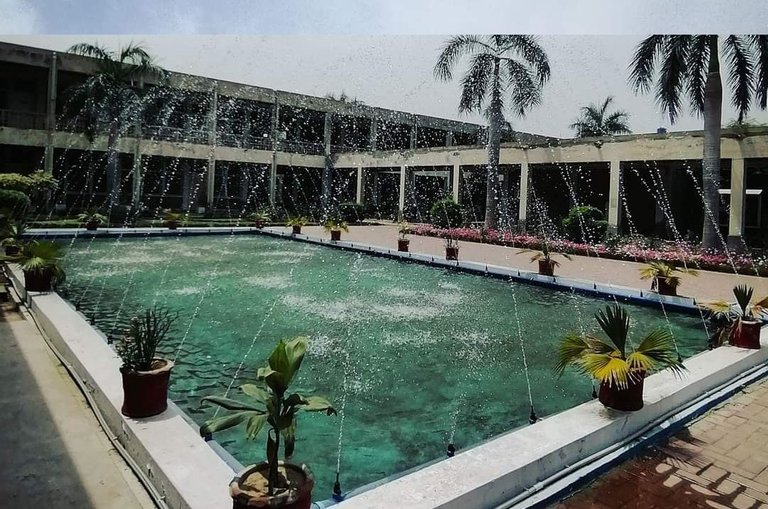The levels of conversion of agricultural land in the world to unfit for production are continuing to rise: 100% of all agricultural land is already rated on the basis of some 25 measures as being severely degraded, while other land has degraded slightly or moderately. Water resources are also exposed to 44% 40.
The pressure is also great, as more than one percent of the rural population in the world lives in areas characterized by scarcity of visibility of land over water resources. They used to be limited resources, but in earlier times it was possible to replace degraded agricultural land with new, unused, simply by reclaiming present-day land, and cultivating it.
These lands are scarce and the rest of it often cannot be cultivated sustainably. The lack of land has also resulted in lower production per capita and the share of smaller farms, and has added to land deprivation rates, which contribute to poverty in rural areas.
The direct and indirect causes of degraded agricultural lands are different, some of them are direct causes that lead to the destruction of agricultural lands, while the degradation of agricultural lands is due to several indirect reasons in reducing the landscape.
Among the direct causes, we mention the following: Some of them contribute in another way to types of degradation, as it is also deforestation, types of deforestation from unsuitable lands: These are:
It becomes a source of both depletion, and in particular the decrease in water. Deforestation is not, in and of itself, degradation subject to erosion, and it is followed by poor management of shallow soils for degradation when the land being graded is sloping.
Excessive cutting of vegetation: Rural people cut down trees in natural forests and woodlands to obtain
Timber, fuel and other forestry materials. Excessive water and wind erosion resulted in agricultural lands being less suitable for food crops.
The proportion of food that is never eaten and the value of this food produced globally is one trillion US dollars.
And each of them can be fed bed hungry with less than a quarter of the food wasted in the United States, the United Kingdom, and Europe annually.

Hydroponics
Hydroponics is a subset of hydroponics, which involves growing plants without soil using mineral nutrient solutions in an aqueous solvent.
(For example, Sundrop, a company based in Australia, has developed a technology for seawater hydroponics that combines solar energy, desalination and vegetable cultivation in any region and not regionally.
This system is considered sustainable from fossil fuels (it draws its energy from the sun instead, accumulating it), and it does not need land. Instead, its technology between solar energy, electricity generation, freshwater production and hydroponics.
The result: an equivalent amount of food to that grown using conventional methods. Using hydroponics, Sundrop can put an offshore greenhouse - a combination of solar energy, desalination and agriculture - to grow vegetables anywhere around the world.
